Are you a wine enthusiast who is conscious about your calorie intake? Or perhaps you’re just curious to know the impact of that glass of Chardonnay on your waistline. Well, fear not, as we delve into the world of wine and uncover the truth behind its caloric content. In this article, we will explore the factors that determine the number of calories in a glass of Chardonnay, from grape ripeness to alcohol content.
So grab your corkscrew and get ready to sip away at this informative journey that will demystify the calorie count in your favorite white wine.
What is Chardonnay: A Brief Overview
Chardonnay, one of the most popular white wines in the world, hails from the Burgundy region of France. It is made from green-skinned grapes and is known for its versatility and adaptability to different winemaking techniques. Chardonnay is loved by many for its rich flavors, ranging from buttery and creamy to crisp and citrusy.

One interesting aspect of Chardonnay is its ability to reflect terroir, or the unique characteristics of the vineyard where it is grown. The soil, climate, and overall environment can greatly influence the taste profile of a Chardonnay wine. This means that even within a single varietal, there can be a wide range of flavors and styles.
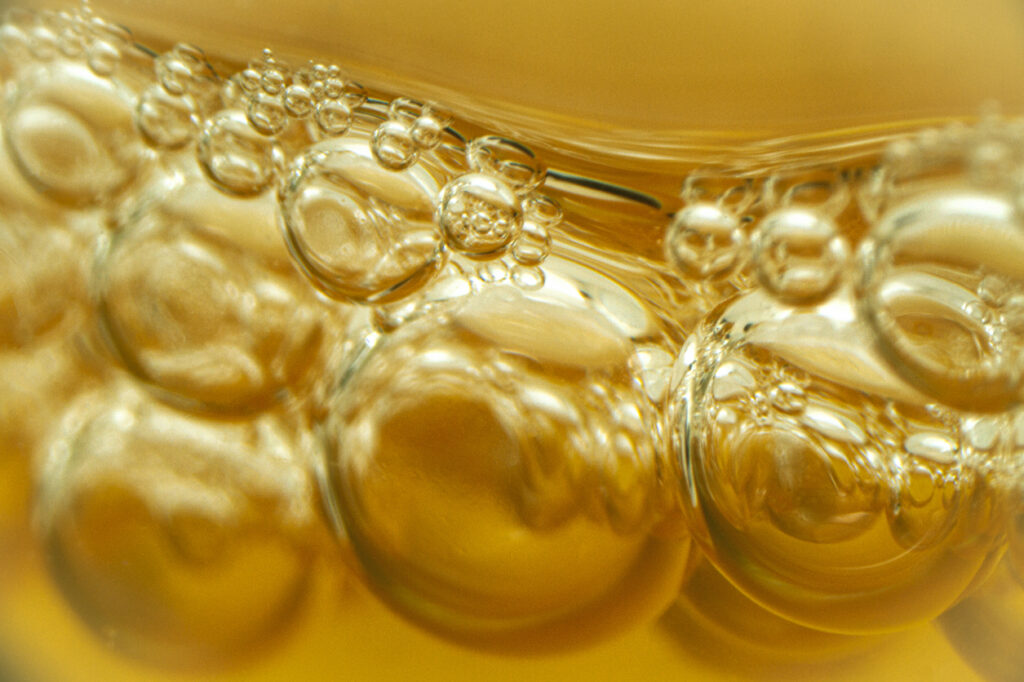
In recent years, winemakers have become more creative with their Chardonnay production. Some have focused on producing unoaked Chardonnays, which emphasize the fruit flavors without any additional influence from oak barrels. Others have experimented with partial oak aging and malolactic fermentation or using different types of oak to bring out specific flavor nuances.
Calorie Content of Chardonnay: Understanding the Basics
Chardonnay, a popular white wine known for its versatility, has long been a favorite among wine enthusiasts. However, when it comes to understanding the calorie content of Chardonnay, many people may be left in the dark. It’s important to know that the calorie content of Chardonnay can vary depending on several factors, including alcohol level and residual sugar.

One common misconception is that all white wines have a lower calorie content compared to red wines. While it’s true that white wines like Chardonnay typically have fewer calories than bold reds like Cabernet Sauvignon or Syrah, there are still variations within the category. The amount of alcohol in a Chardonnay can significantly impact its caloric value. Generally speaking, higher alcohol content translates to more calories per serving.
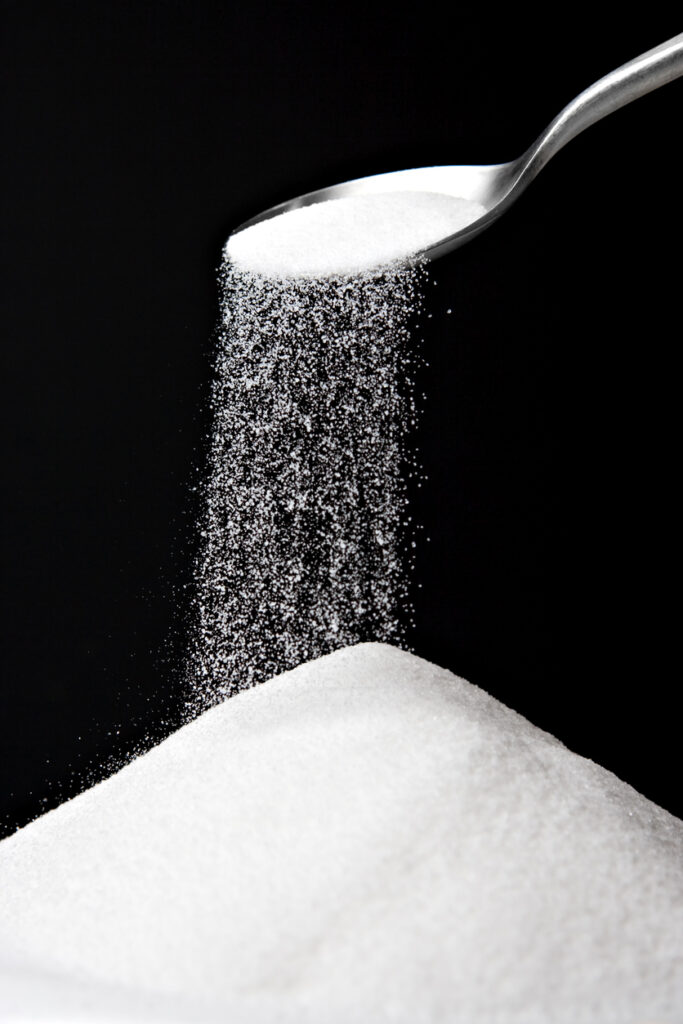
Understanding the basics of the calorie content of Chardonnay involves considering both alcohol and residual sugar levels. Alcohol provides 7 calories per gram consumed, while residual sugar contributes about 4 calories per gram consumed. Therefore, Chardonnays with higher alcohol and sweetness will generally have more calories than those with lower levels. This means that if you’re watching your calorie intake but still want to enjoy a glass of wine, opting for lighter-style or low-alcohol Chardonnays can be a good choice.
How many calories in a glass of Chardonnay
Chardonnay, with its golden hues and smooth flavors, is a beloved wine around the world. But have you ever wondered how many calories are in that glass of Chardonnay you’re savoring? Well, wonder no more! A typical 5-ounce glass of Chardonnay contains about 120-130 calories. While this may seem like a relatively low amount compared to other alcoholic beverages, it’s still important to be mindful of your intake if you’re watching your calorie count.

Interestingly, the calorie content in Chardonnay can vary slightly depending on factors such as alcohol content and sugar levels. For example, a sweeter or higher-alcohol Chardonnay might have slightly more calories than a drier or lower-alcohol one. Additionally, the serving size plays a significant role. If you opt for a larger pour or fill up your glass to the brim, be prepared for those calorie numbers to go up accordingly.
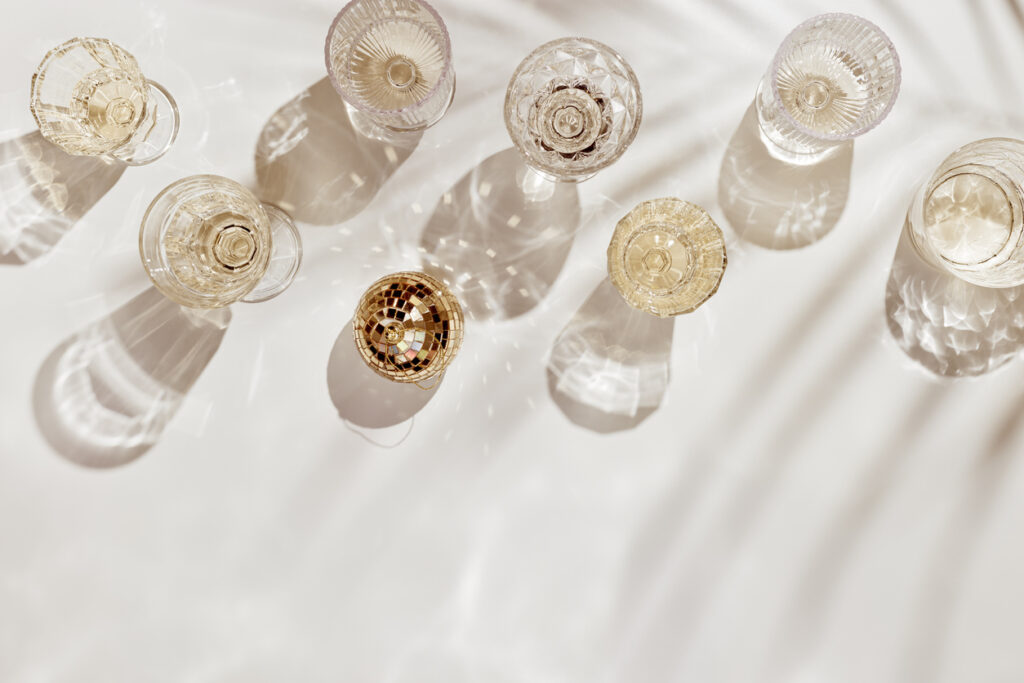
So how can we indulge in our favorite Chardonnays without sabotaging our calorie goals? One simple strategy is to choose lighter versions of this wine variety. Look for wines labeled unoaked or lightly oaked, which tend to have lower alcohol and less residual sugar content. Additionally, consider opting for smaller pours or sipping slowly throughout the evening rather than rapidly consuming large amounts of wine all at once.
How many calories in a bottle of Chardonnay
While many of us are familiar with Chardonnay’s crisp and refreshing taste, the question of how many calories are contained within a bottle often goes unanswered. In general, a 750ml bottle of Chardonnay contains around 600-700 calories. However, it’s important to note that these figures can vary depending on factors such as alcohol content and residual sugar levels.

One interesting tidbit is that the majority of the calories in wine come from alcohol itself. Alcohol contains about seven calories per gram, compared to four calories per gram for carbohydrates and proteins. This means that the higher the alcohol content in your Chardonnay, the more caloric value it will have.
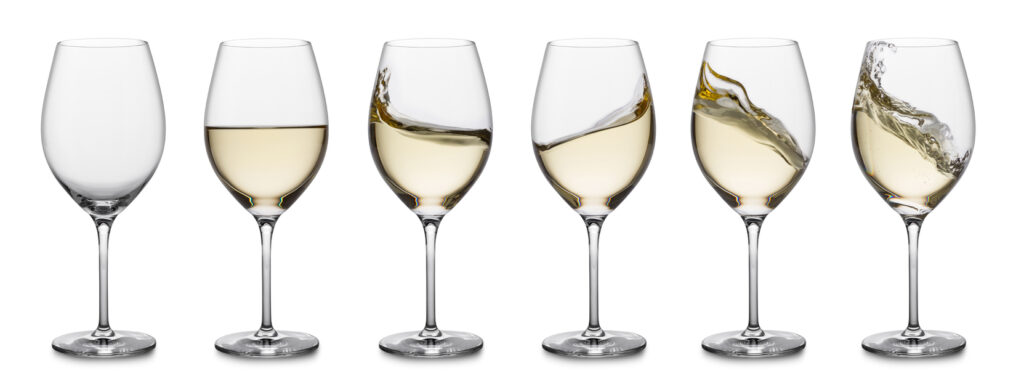
Moreover, while some may view calorie counting when enjoying a delicious glass of wine as unnecessary or even daunting, it is worth noting that moderation is key. A standard serving size for wine is five ounces, which typically ranges between 120-150 calories. By being mindful of your portions and savoring each sip rather than indulging mindlessly, you can still enjoy the pleasures of Chardonnay without exceeding your daily caloric intake.
Factors Affecting Calorie Content: Alcohol, Sugar, and Aging
Alcohol, sugar, and aging are three key factors that can significantly affect the calorie content of our diets. Alcohol consumption can add up quickly in terms of calories, as it not only contains alcohol itself but also often comes mixed with high-calorie sugary beverages. Moreover, alcohol reduces fat oxidation in the body, meaning that if you consume food alongside alcoholic drinks, your body is less likely to burn those calories efficiently.

On the other hand, excessive sugar consumption is another major culprit behind high-calorie diets. While sugar does not contain as many calories per gram as alcohol does (4 calories per gram versus 7 calories per gram), its prevalence in processed foods and sweetened beverages makes it easy for calorie intake to skyrocket without us even realizing it. Moreover, scientists link excess sugar consumption has been to an increased risk for obesity and chronic diseases such as diabetes and heart disease.
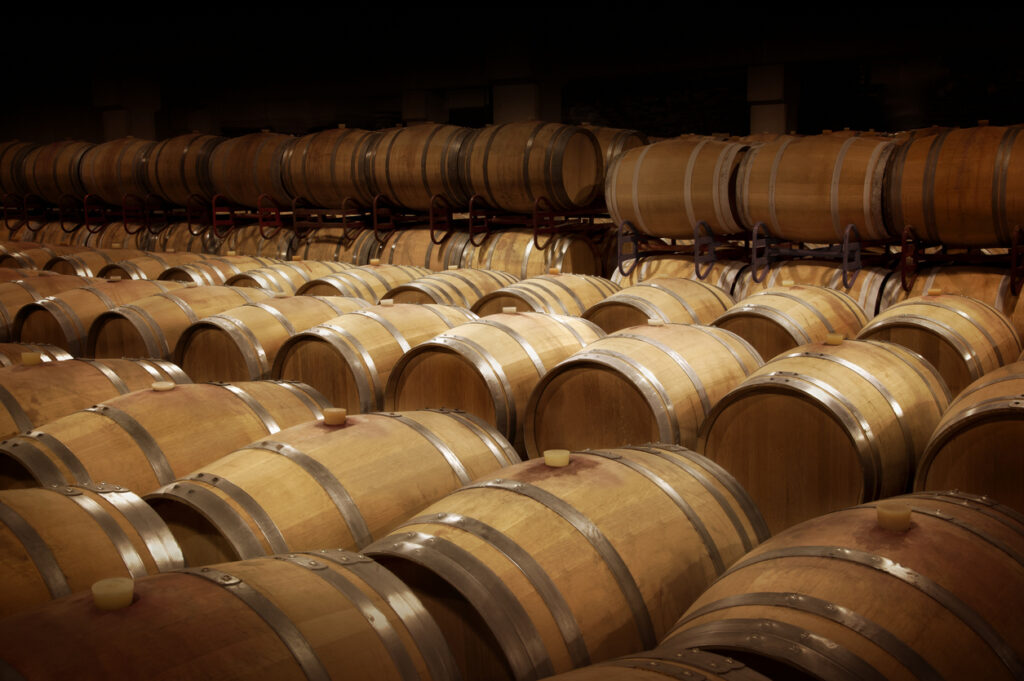
Lastly, aging plays a role in determining our calorie needs due to changes in metabolism and physical activity levels. As we age, our metabolic rate naturally slows down, meaning our bodies require fewer calories for daily functioning. Additionally, muscle mass tends to decrease with age while fat mass increases. Since muscle requires more energy to maintain than fat does, this change contributes further to a decrease in overall calorie requirements.
Comparing Chardonnay to Other Wines: Is It a Low-Calorie Option?
Chardonnay aficionados often wonder how this popular white wine compares to other varietals in terms of calories. While it’s true that Chardonnay is generally considered a lighter style of wine, it’s important to note that not all low-calorie wines are created equal. The calorie content of any given wine depends on factors such as alcohol content, residual sugar, and winemaking techniques.

Compared to red wines like Cabernet Sauvignon or Merlot, Chardonnay typically has a lower calorie count. However, it’s worth mentioning that there are also other white wines that can be equally as light. Wine lovers often praise Sauvignon Blanc or Pinot Grigio for their crisp and refreshing qualities and they too tend to have fewer calories than rich, full-bodied reds. Ultimately, when searching for a low-calorie option within the world of wine, it’s best to focus on selecting wines with lower alcohol levels and less residual sugar.

While Chardonnay may not always be the absolute lowest in calories amongst all wines available on the market today, it still offers an excellent choice for those looking for a delicious yet figure-friendly option. This versatile grape produces wines with varying styles and flavor profiles that can complement a wide range of cuisines.
Conclusion: The Importance of Balance and Moderation.
In conclusion, while Chardonnay can be a delightful and enjoyable wine, it is crucial to approach it with balance and moderation. By understanding the characteristics of Chardonnay and its potential effects on our health, we can appreciate and savor this wine without overindulging. Remember that moderation is key; enjoying a glass or two of Chardonnay occasionally can enhance social gatherings and provide a pleasurable experience. However, excessive consumption can lead to negative consequences for our health and overall well-being. Let us embrace the beauty of Chardonnay by appreciating its flavors responsibly and prioritizing our health above all else. Cheers to a balanced approach to enjoying this timeless wine!

